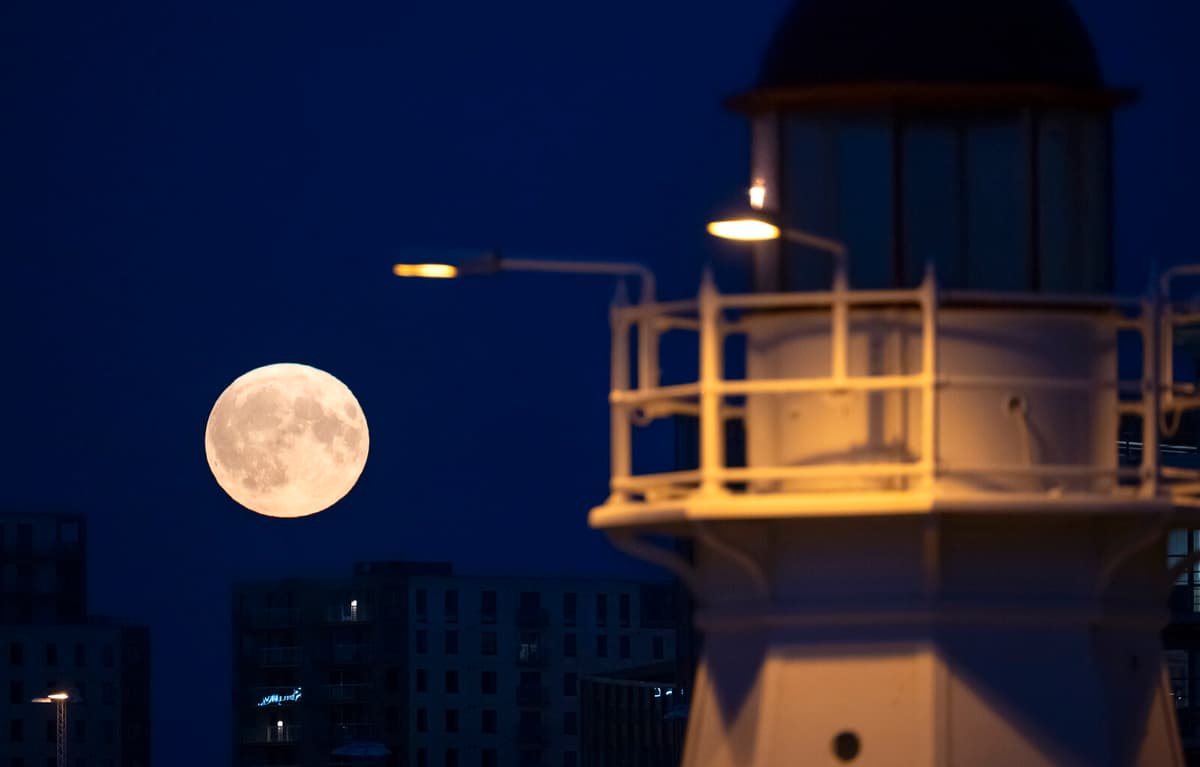At the same time, Linde emphasizes that the "supermoon" is not strictly astronomically defined.
I can confirm that it is a full moon and that it is called a supermoon under certain circumstances. What it's about is that the moon, while being fully illuminated, is also close to its orbit around the Earth. The moon's orbit is not entirely circular, but oval, he says.
A full moon can occur at any time in the moon's orbit, but it's when it's closest to the Earth that it's called a supermoon.
This means it appears slightly larger. Very slightly, I should say. About seven percent larger and perhaps shines 13-14 percent stronger than a normal full moon. These are no sensational changes, directly.
The moon is currently at a distance of around 356,000 kilometers from the Earth, while its average distance is 384,000 kilometers.
According to Linde, the experience of the moon's size also depends on the season. When the first supermoon of the year occurred in August, the moon was very low on the horizon - which gives the effect that the moon appears even larger.
You won't notice that tonight since it's so high up in the sky.






